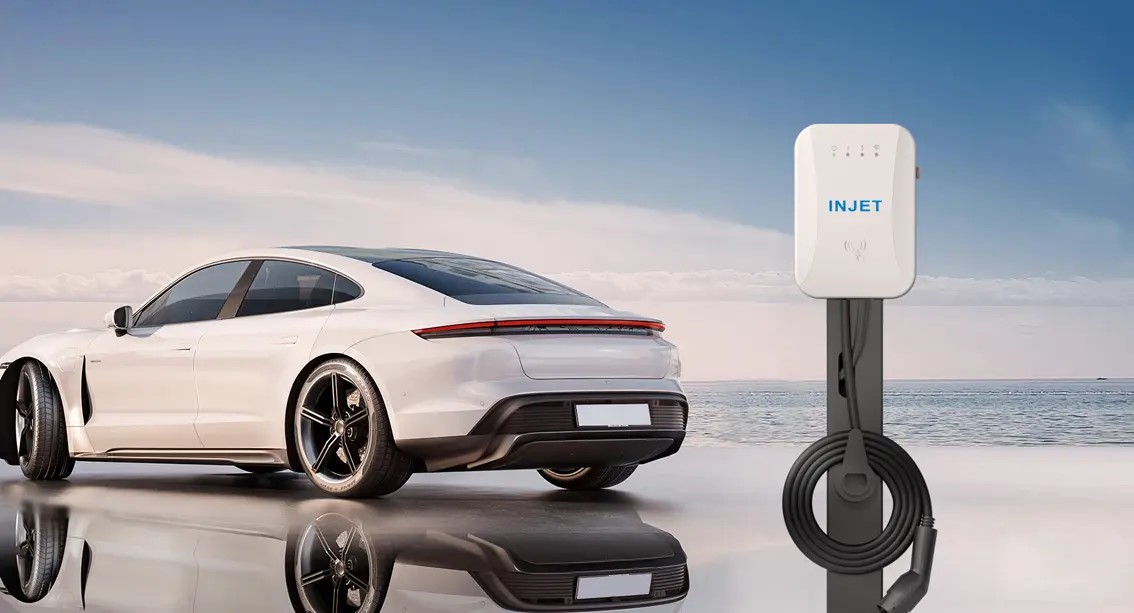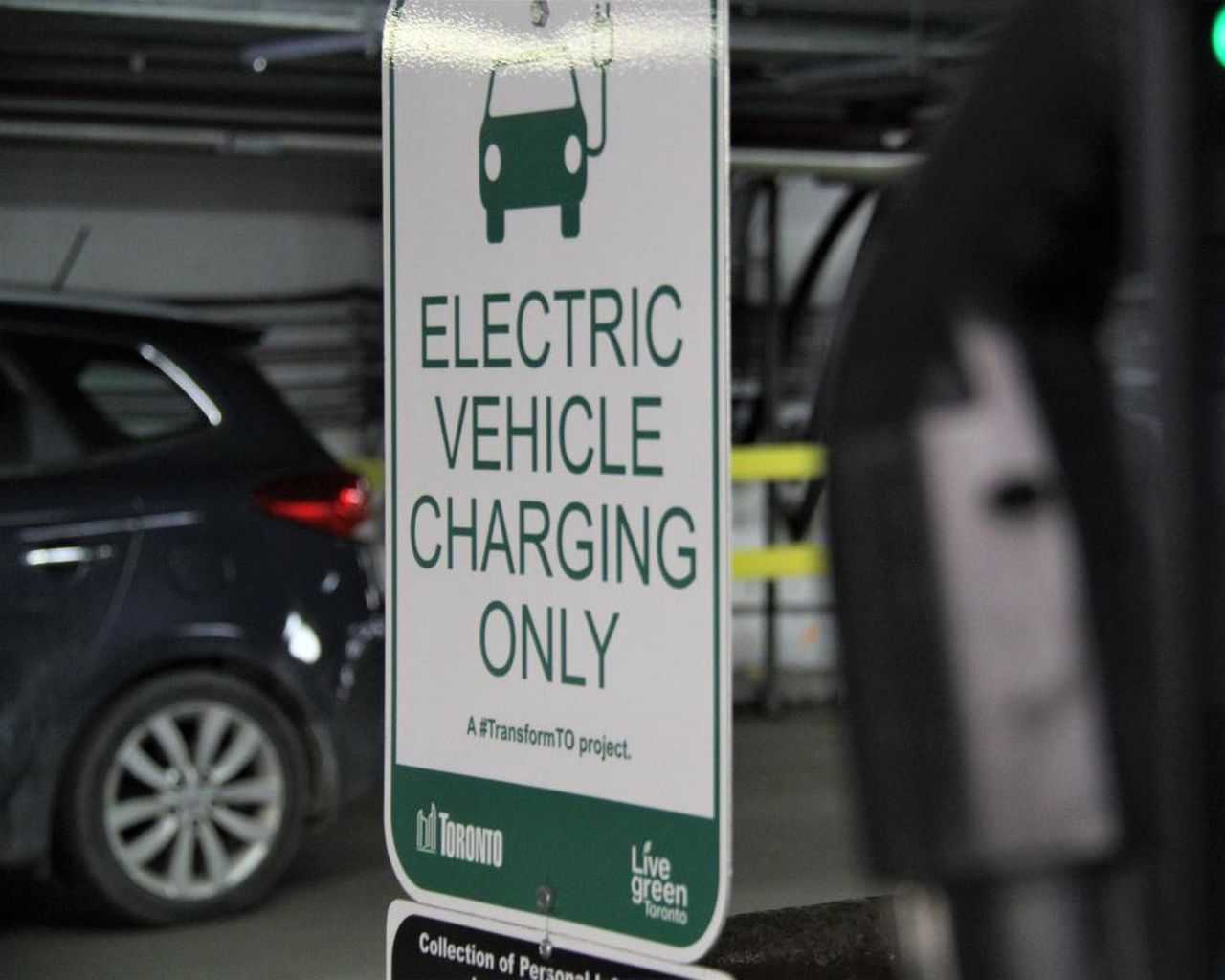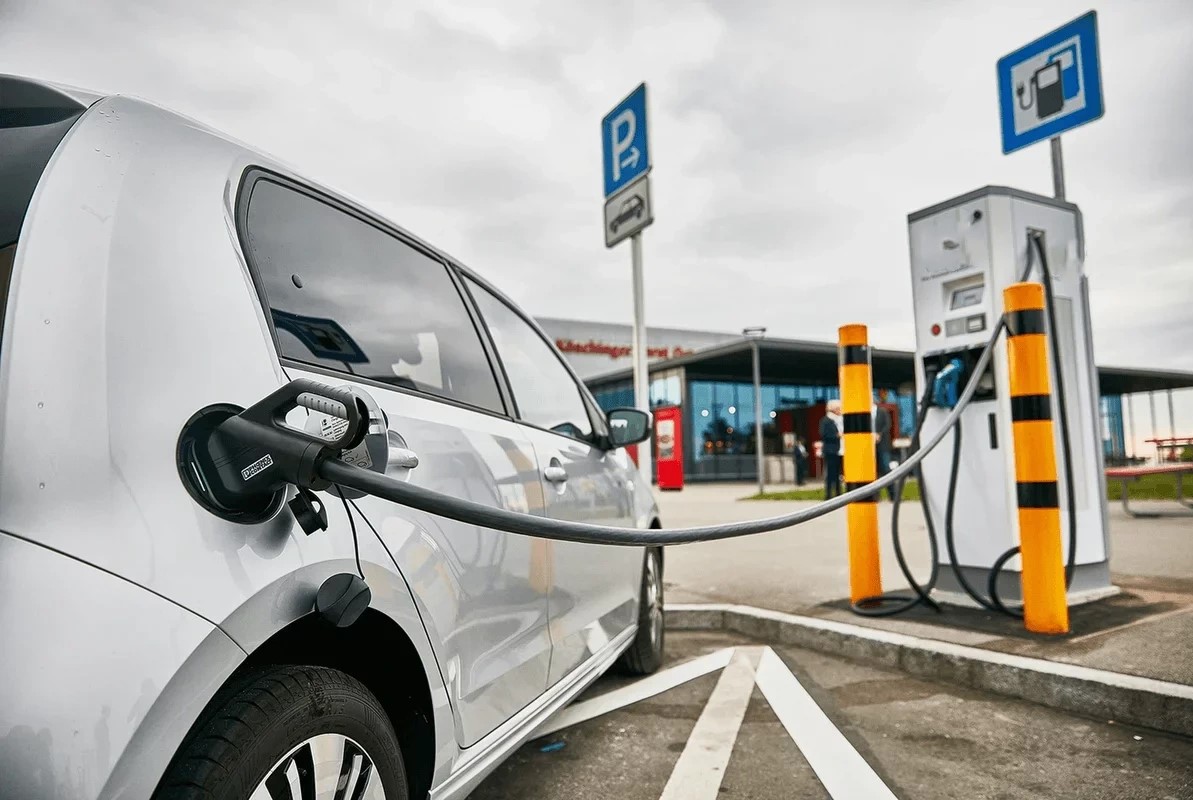Under the goal of emission reduction, the EU and European countries have accelerated the construction of charging piles through policy incentives. In the European market, since 2019, the UK government has announced that it will invest 300 million pounds in environmentally friendly transportation methods, and France announced in 2020 that it will use 100 million euros to invest in the construction of charging stations. On July 14, 2021, the European Commission released a package called "fit for 55", which requires member states to accelerate the construction of new energy vehicle infrastructure to ensure that there is an electric vehicle charging station every 60 kilometers on major roads; in 2022, European countries have introduced specific policies, including subsidies for the construction of commercial charging stations and home charging stations, which can cover the construction and installation costs of charging equipment and actively promote consumers to purchase chargers.
The electrification of Europe continues to advance, and many countries have introduced incentive policies to promote the construction of charging stations. Electric vehicle sales in Europe reached 1.643 million units in the first three quarters of 2022, an increase of 7.2% year-on-year. Considering that the trend of electrification in European market will continue to advance in 2022, we expect that the sales of electric vehicles in European market will reach 2.09/2.43 million units in 2022-2023, +10%/+16% year-on-year, with uneven distribution of charging infrastructure and low number of charging stations in most countries. Many European countries have launched incentive policies for household power stations and commercial power stations to vigorously promote the construction of charging stations. Fifteen countries, including Germany, France, UK, Spain, Italy, Netherlands, Austria and Sweden, have launched incentive policies for household and commercial charging stations one after another.
The growth rate of charging stations in Europe lags behind the sales of new energy vehicles, and the public stations are high. 2020 and 2021 will see 2.46 million and 4.37 million new energy vehicles in Europe respectively, +77.3% and +48.0% year-on-year; the penetration rate of electric vehicles is rising rapidly, and the demand for charging equipment is also increasing significantly. However, the growth rate of charging equipment in Europe is significantly lagging behind the sales of new energy vehicles. Accordingly, it is estimated that the public EV charging station ratio in Europe will be 9.0 and 12.3 in 2020 and 2021 respectively, which is at a high level.
The policy will accelerate the construction of charging infrastructure in Europe, which will greatly boost the demand for charging stations. 360,000 charging stations will be held in Europe in 2021, and the new market size will be about $470 million. It is expected that the new market size of charging station in Europe will reach USD 3.7 billion in 2025, and the growth rate will remain high and the market space is vast.
The U.S. subsidy is unprecedented, vigorously stimulating demand. In the U.S. market, in November 2021, the Senate formally passed the bipartisan infrastructure bill, which plans to invest $7.5 billion in charging infrastructure construction. on September 14, 2022, Biden announced at the Detroit Auto Show the approval of the first $900 million in infrastructure program funding for the construction of electric vehicle charging stations in 35 states. Since August 2022, U.S. states have accelerated construction subsidies for residential and commercial EV charging stations to speed up the implementation of charging stations. The amount of subsidies for single-station residential AC charger is concentrated in the range of US$200-500; the amount of subsidies for public AC station is higher, concentrated in the range of US$3,000-6,000, which can cover 40%-50% of the purchase of charging equipment, and greatly promote consumers to purchase EV charger. With the policy stimulation, it is expected that the charging stations in Europe and the United States will usher in an accelerated construction period in the next few years.
The U.S. government actively promotes the construction of charging infrastructure, and the demand for charging stations will see rapid growth. Tesla promotes the rapid development of new energy vehicles in the U.S. market, but the construction of charging infrastructure lags behind the development of new energy vehicles. By the end of 2021, the number of charging station for new energy vehicles in the U.S. was 113,000 units, while the number of new energy vehicles was 2.202 million units, with a vehicle-station ratio of 15.9. The construction of charging station is obviously insufficient. The Biden administration is promoting the construction of EV charging infrastructure through the NEVI program. A nationwide network of 500,000 charging stations will be established by 2030, with new standards for charging speed, user coverage, interoperability, payment systems, pricing and other aspects. The increased penetration of new energy vehicles coupled with strong policy support will greatly drive the rapid growth in demand for charging station. In addition, the U.S. new energy vehicle production and sales are growing rapidly, with 652,000 new energy vehicles sold in 2021 and expected to reach 3.07 million by 2025, with a CAGR of 36.6%, and new energy vehicle ownership reaching 9.06 million. Charging stations are an important infrastructure for new energy vehicles, and the rise in new energy vehicle ownership must be accompanied by charging piles to meet the charging needs of vehicle owners.
The United States charging station demand is expected to continue to grow rapidly, the market space is vast. 2021 the total size of the United States EV charger market is small, about 180 million U.S. dollars, with the rapid growth of new energy vehicle ownership brought about by the EV charger supporting construction demand, the national EV charger market is expected to reach a total size of 2.78 billion U.S. dollars in 2025, CAGR up to 70%, the market continues to grow rapidly, the future market space is vast. The market continues to grow rapidly, and the future market has vast space.
Post time: Jul-10-2023






